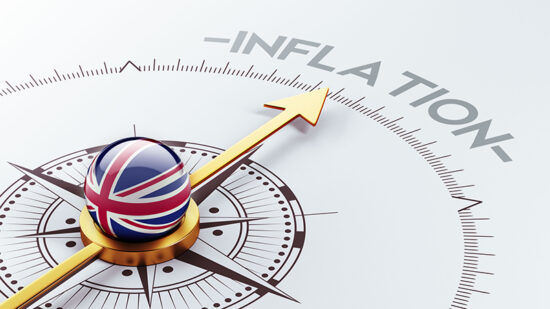“Portugal’s fundamentals have improved markedly this year, and Portuguese bonds [the 10-year yield is currently 3.12%] is a credit play rather than an interest play,” he explains.
“The yield curve is also relatively steep, which we like because we mainly invest in fixed income for the carry now.”
While consensus is building that the ECB’s asset purchasing programme will expire at the end of this year, some continue to believe the central bank will remain in easing mode.
“Politically, we don’t think the ECB is in a big rush to taper credit purchases,” BofA Merrill Lynch analysts wrote in a recent note, adding: “Debut bond issuance is not as impressive as the ECB would like, and we believe that this will motivate Draghi to keep CSPP [Corporate Sector Purchasing Programme] running for longer.”
While the ECB’s perceived hawkishness put short-term pressure on most equities and investment-grade bonds in Europe, high yields bonds have been resilient, suggesting the asset class could be a ‘safe haven’ to hide for fixed-income investors as the ECB starts tapering.
European high yield bonds have a relatively short average duration of 3.5 years, but prices will still be hit if interest rate expectations go up.
“A rate hike of 0.5% will result in a loss of 1.75%,” says Andrew Wilmont, manager of the Neuberger Berman European High Yield Bond Fund. However, high-yield’s credit component will act as a buffer if rates go up for the right reasons.
“On the day interest rates (expectations) go up, high-yield bonds will therefore be hit. But that will be compensated by a decrease in the spread over time. Rate rises serve as a confirmation that the economy is doing well which reduces default risk. This should lead to spread compression. High-yield bond spreads are now at 300 basis points. In 2007, they were at 200, so spreads still have room to tighten.”
A similar protection mechanism should apply to equities, says Hasager. “If rates go up because growth is good and the economy is improving, that should more than compensate for the negative price impact of rate hikes.”








